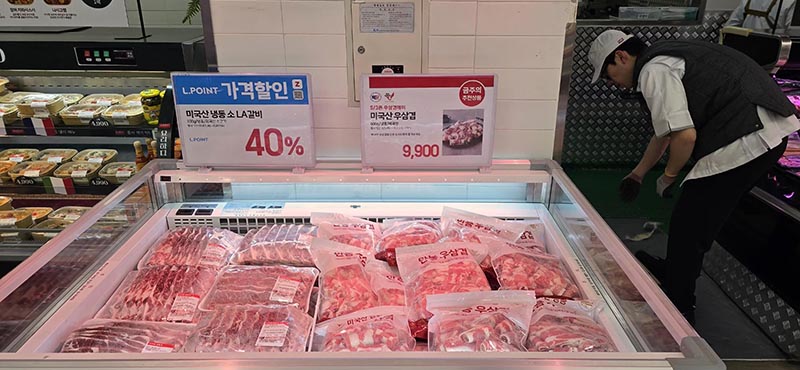As China Obstacles Persist, Promotions Move More U.S. Beef Short Plate in Korea
International demand is critical for U.S. beef short plate, about 95% of which is exported. Major destinations include Japan, China, South Korea and Taiwan, where short plate is typically sliced thin, marinated and served in hot pot and Korean barbecue-style meals.

U.S. short plate commands a significant premium in these key Asian markets compared to being utilized domestically. But short plate is just one of the U.S. beef cuts entangled in the current trade impasse with China.
When China imposed its countermeasures in response to U.S. “reciprocal” tariffs announced in early April, the total tariff rate on U.S. beef soared as high as 147%. While the two sides agreed to a de-escalation in May that temporarily lowered China’s tariff rate on U.S. beef to 32%, this is still far higher than the 12% rate imposed on most suppliers. Australian beef, which is the U.S. industry’s primary competitor in China, currently enters the market at zero duty.
Beyond this tariff disadvantage, U.S. beef faces an additional obstacle: China’s General Administration of Customs has failed to renew registrations for U.S. beef plants and cold storage facilities, a large number of which expired in mid-March when the U.S.-China Phase One Economic and Trade Agreement reached its five-year anniversary. As a result, the majority of U.S. beef production is currently ineligible for China, making it imperative that the U.S. industry find alternative buyers for product originally destined for China.
Source: USMEF